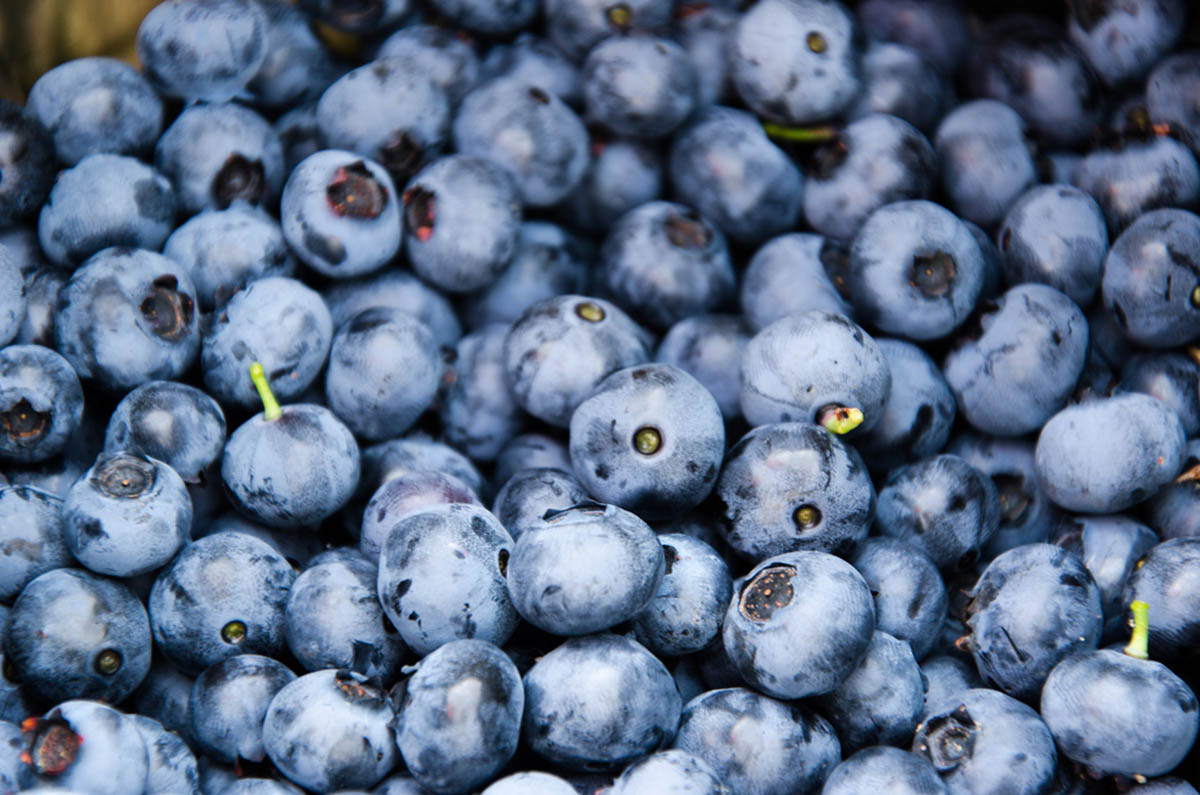Table of Contents
Salmon: Wild caught salmon is an excellent source of protein and complex amino and one of the best sources of Omega-3 fatty acids. Salmon is also an excellent source of minerals and vitamins including Magnesium, Potassium, Selenium and all the B-vitamins. Wild caught Trout has similar characteristics along with Mackerel.
Kale: Kale has some of the highest concentrations of Vitamins and minerals across all vegetable types. Kale is also rich in bioactive compounds such as Isothiocyanates and Indole-3-Carbinol that can reduce the risk of cancer.

Seaweed: Seaweed has high concentrations of Calcium, Iron, Magnesium and Manganese. It has various bioactive compounds, including phycocyanins and carotenoids that reduce inflammation and is the most concentrated natural source of iodine.
Garlic: Garlic is high in vitamins C, B1 and B6, Calcium, Potassium, Copper, Manganese and Selenium. It also has a compound known as allicin that studies show to lower blood pressure and reduce LDL (bad cholesterol) while raising HDL (good cholesterol).
Shellfish: Clams are one of the best sources of vitamin B12 and has other nutrients including Vitamin C, B Complex-Vitamins, Potassium, Selenium and Iron. Oysters supply six times the RDA for Zinc, two times the RDA for Copper, and B12 and Vitamin D and other nutrients. Mussels also possess many of these nutrients. It's no wonder Bouillabaisse is so popular.
Liver (Hormone free/grass-fed): A 100 gram portion (3.5 ounces) of beef liver contains 1176 percent of the RDA for Vitamin B12, 50 percent of the RDA for Vitamins B6, B5, Niacin and Folate, 201 percent of the RDA for Vitamin B2, 634 percent of the RDA for Vitamin A, 714 percent of the RDA for Copper, 30 percent of the RDA for Iron, Phosphorus, Zinc and Selenium and 29 grams of protein.
Sardines: 90 grams of sardines (3 ounces) contain 107 percent of the RDA for Vitamin D, 113 percent for Vitamin B12, 21 percent of the RDA for calcium and 52 percent of selenium. They are very high in Omega-3 fatty acids. Be careful if they are packed in any kind of flavoring because they can be high in sodium. The best is sardines packed in water or fresh sardines.
Blueberries: Blueberries possess significant antioxidants relative to most other fruits. This includes anthocyanins and various phytochemicals, some of which demonstrate positive effects on brain health. Studies have also found that obese men and women had lower blood pressure and reduced LDL cholesterol as a result of blueberries added to the diet.
Eggs (Hormone free/organic): Eggs are highly nutritious and an excellent source of calcium. Significantly, studies have shown that concerns about cholesterol related to eggs are unfounded. Eggs are nutrient dense with multiple vitamins, minerals and various nutrients. Studies have also shown that eggs promote weight loss due to the fact that they satisfy hunger after a small portion. You can also buy eggs that have Omega-3 added as a supplement.
READ This Is Your Brain in Spain: How A Spanish Mediterranean Diet Keeps Your Mind Clear
This list is by no means exhaustive. There are numerous nutrient dense foods particularly across vegetables, whole grains, and fruits. Any simple search on the Internet will reveal more and more of them. But the decision to pursue the high-fiber/nutrient dense approach is up to you. In time you will no doubt find that you have lost weight without sacrificing taste or the satisfaction of a filling meal. Better yet you will be adding foods to your diet that are high in nutrition, antioxidants and other compounds that prevent the onset of disease and just make you feel better.
- Nutrition.org. The Total Specific Dynamic Action of High-Protein and High-Carbohydrate Diets on Human Subject. NIH. Effects of fructose vs glucose on regional cerebral blood flow in brain regions involved with appetite and reward pathways. NIH. The effects of a low-carbohydrate ketogenic diet and a low-fat diet on mood, hunger, and other self-reported symptoms. Sciencedirect. Perceived Hunger Is Lower and Weight Loss Is Greater in Overweight Premenopausal Women Consuming a Low-Carbohydrate/High-Protein vs High-Carbohydrate/Low-Fat Diet/ Journal of the American Dietetic Association NIH. Omega-3 Fatty Acids and Health Fact Sheet for Health Professionals NIH. Multi-targeted prevention of cancer by sulforaphane NIH. Health benefits of blue-green algae: prevention of cardiovascular disease and nonalcoholic fatty liver disease. Examine.com. Garlic (Allium sativum) is a food product that can improve immunity and cardiovascular health. NIH. [Chemical principles and bioactivities of blueberry]. NIH. Dietary cholesterol provided by eggs and plasma lipoproteins in healthy populations. NIH. Short-term effect of eggs on satiety in overweight and obese subjects.
- Photo courtesy of @rsseattle via Flickr: www.flickr.com/photos/rsmith11235/9254525480
- Photo courtesy of @rsseattle via Flickr: www.flickr.com/photos/rsmith11235/9254525480
- Photo courtesy of k.mackay via Flickr: www.flickr.com/photos/karenmackay/4519108347
- Photo courtesy of k.mackay via Flickr: www.flickr.com/photos/karenmackay/4519108347
- http://jn.nutrition.org/content/36/1/41.full.pdf http://www.ncbi.nlm.nih.gov/pubmed/23280226 http://www.ncbi.nlm.nih.gov/pubmed/17228046 http://www.sciencedirect.com/science/article/pii/S000282230501151X http://ods.od.nih.gov/factsheets/Omega3FattyAcidsandHealth- HealthProfessional/ http://www.ncbi.nlm.nih.gov/pubmed/18504070 http://www.ncbi.nlm.nih.gov/pubmed/23402636 http://www.ign.org/p142000267.html http://www.ncbi.nlm.nih.gov/pubmed/21355205 http://www.ncbi.nlm.nih.gov/pubmed/16373948 http://www.ncbi.nlm.nih.gov/pubmed/16340654 http://examine.com/supplements/Garlic/


Your thoughts on this